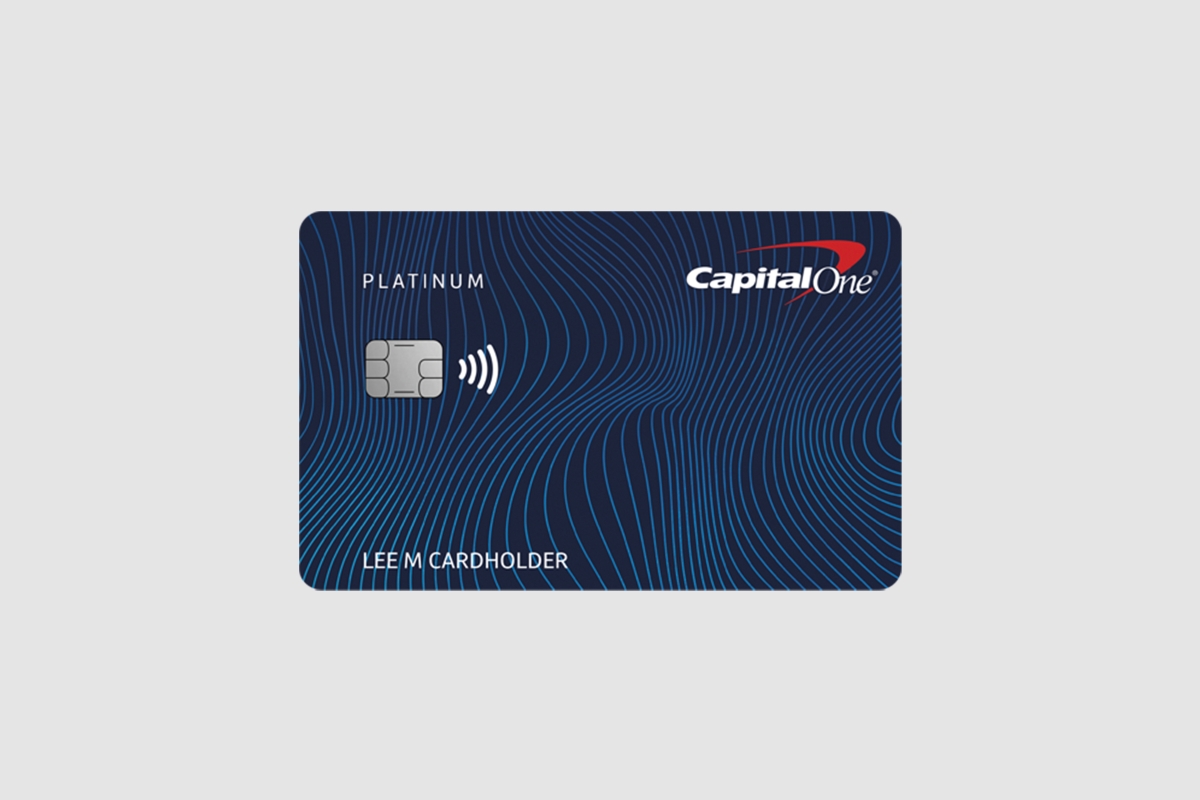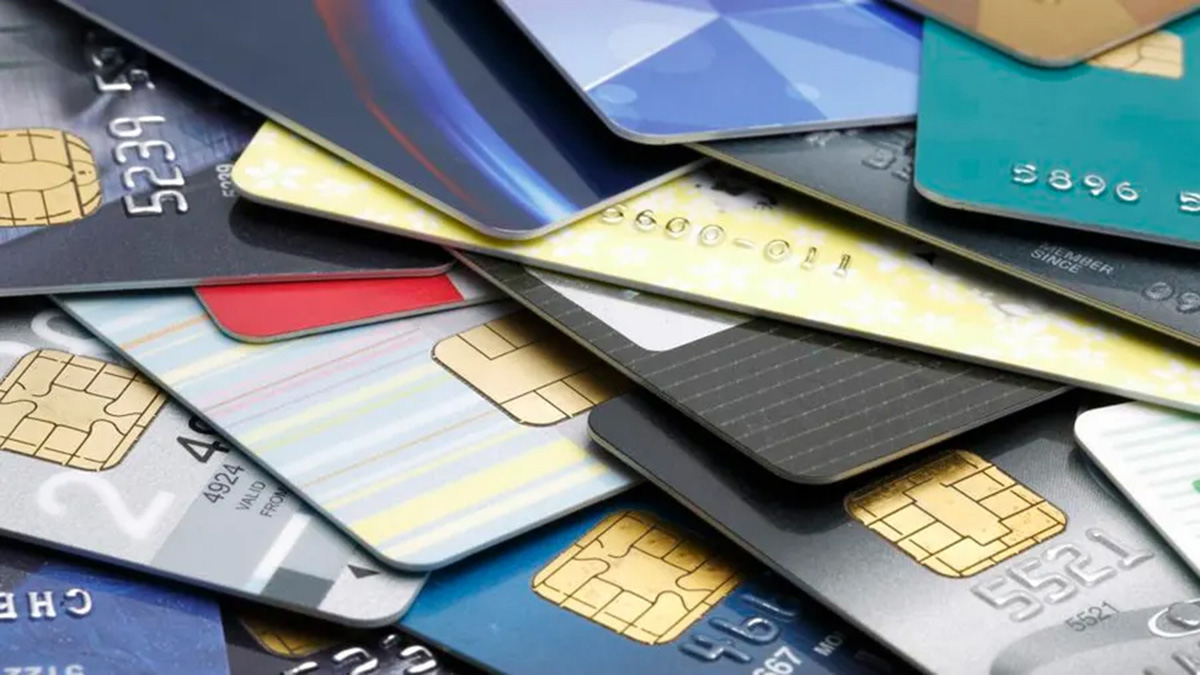Home>Finance>What If I Spend More Than 30% Of My Secured Card’s Credit Limit?


Finance
What If I Spend More Than 30% Of My Secured Card’s Credit Limit?
Published: March 1, 2024
Learn about the impact of exceeding 30% of your secured card's credit limit and how it can affect your finances. Find out the consequences and tips for managing your credit wisely.
(Many of the links in this article redirect to a specific reviewed product. Your purchase of these products through affiliate links helps to generate commission for LiveWell, at no extra cost. Learn more)
Table of Contents
Introduction
Understanding the Impact of High Credit Utilization on Secured Credit Cards
Secured credit cards serve as a valuable financial tool for individuals aiming to build or rebuild their credit history. These cards require a security deposit, which often determines the initial credit limit. While they offer a pathway to improving credit scores, it's essential to understand the implications of credit utilization, particularly in relation to the commonly recommended 30% threshold.
When utilizing a secured credit card, borrowers must be mindful of their spending habits, as exceeding the 30% credit utilization threshold can have significant repercussions. In this article, we'll delve into the nuances of secured credit cards, explore the concept of credit utilization, and shed light on the potential consequences of surpassing the 30% limit. Additionally, we'll discuss effective strategies to manage credit utilization and maintain a healthy credit profile. By gaining insight into these key aspects, you'll be better equipped to navigate the realm of secured credit cards and leverage them to bolster your financial standing.
Understanding Secured Credit Cards
Secured credit cards are specifically designed for individuals with limited or damaged credit history. Unlike traditional credit cards, secured cards require a cash deposit, which serves as collateral and determines the credit limit. This deposit reduces the risk for the card issuer, making it an accessible option for individuals seeking to establish or rebuild their credit.
These cards function similarly to traditional credit cards, allowing users to make purchases and payments, build credit history, and potentially upgrade to an unsecured card in the future. It’s important to note that while the initial deposit secures the card, it doesn’t serve as a payment for charges incurred. Cardholders are still required to make monthly payments on their purchases.
Secured credit cards are instrumental in helping individuals demonstrate responsible credit behavior. By making timely payments and maintaining low credit utilization, cardholders can gradually improve their credit scores. This gradual improvement opens doors to better financial opportunities, such as qualifying for unsecured credit cards, loans, and favorable interest rates.
Furthermore, the disciplined use of a secured credit card can instill positive financial habits, such as budgeting, tracking expenses, and managing debt. These foundational skills are invaluable for long-term financial stability and can contribute to overall financial well-being.
Understanding the fundamental purpose and mechanics of secured credit cards empowers individuals to make informed decisions about their financial journey. By leveraging these cards effectively, individuals can pave the way toward a stronger credit profile and enhanced financial prospects.
The Importance of Credit Utilization
Credit utilization, often referred to as the credit utilization ratio, plays a pivotal role in determining an individual’s creditworthiness. It represents the amount of credit being used relative to the total available credit, and it is a key factor in credit scoring models. Maintaining an optimal credit utilization ratio is crucial for building and preserving a positive credit history.
Lenders and credit bureaus assess credit utilization to gauge an individual’s ability to manage credit responsibly. The commonly recommended threshold for credit utilization is 30%, meaning it is advisable to keep credit card balances below 30% of the available credit limit. Exceeding this threshold can potentially raise red flags and impact credit scores negatively.
A low credit utilization ratio signals to creditors that an individual is using credit responsibly and is not overly reliant on borrowed funds. This demonstrates financial prudence and reliability, which are favorable attributes in the eyes of lenders. On the contrary, high credit utilization may indicate financial strain or an increased likelihood of default, potentially leading to a decline in credit scores.
For individuals with secured credit cards, managing credit utilization is particularly crucial. As the credit limit is tied to a cash deposit, exceeding the recommended utilization threshold could signal financial instability and may hinder credit score improvement efforts. By understanding the significance of credit utilization and striving to maintain a healthy ratio, individuals can actively contribute to the enhancement of their credit profiles.
Recognizing the impact of credit utilization on credit scores underscores the importance of prudent financial management. By exercising restraint and strategic credit utilization, individuals can position themselves for greater financial opportunities and long-term credit health.
Potential Consequences of Exceeding 30% Credit Utilization
Exceeding the recommended 30% credit utilization threshold on a secured credit card can lead to several adverse consequences that may impact an individual’s financial standing. Understanding these potential repercussions is crucial for making informed decisions and mitigating risks associated with high credit utilization.
- Impact on Credit Scores: One of the primary consequences of surpassing the 30% credit utilization threshold is the potential negative impact on credit scores. Credit scoring models consider credit utilization as a significant factor in assessing creditworthiness. High utilization rates can lower credit scores, potentially undermining efforts to improve credit history.
- Increased Risk Perception: High credit utilization may lead lenders to perceive an individual as a higher credit risk. This perception can affect future credit applications, interest rates, and credit limit increases. Lenders may view excessive credit utilization as a sign of financial strain, potentially impacting their willingness to extend credit.
- Accrued Interest Costs: Carrying high balances on a secured credit card can result in increased interest costs. As interest accrues on outstanding balances, individuals may find themselves paying more in interest charges, detracting from their financial resources and potentially leading to a cycle of debt if not managed effectively.
- Limitations on Available Credit: Exceeding the credit utilization threshold may limit the availability of credit for future needs. It can reduce the headroom for emergency expenses, planned purchases, or other financial requirements, potentially leading to financial strain and limited flexibility in managing unforeseen circumstances.
By recognizing these potential consequences, individuals can proactively manage their credit utilization and strive to stay within the recommended threshold. This awareness empowers individuals to make informed financial decisions and cultivate responsible credit habits, ultimately contributing to the preservation and enhancement of their credit profiles.
Strategies to Manage Credit Utilization
Effectively managing credit utilization on a secured credit card is essential for maintaining a healthy credit profile and maximizing the benefits of the card. By implementing strategic approaches, individuals can navigate their credit utilization with prudence and mitigate the risk of exceeding the recommended threshold. Here are several actionable strategies to manage credit utilization:
- Regular Monitoring: Stay vigilant about credit card balances and credit limits. Regularly monitoring the utilization ratio allows individuals to make timely adjustments and avoid surpassing the 30% threshold.
- Payment Scheduling: Plan and schedule credit card payments strategically to keep balances in check. Making multiple payments throughout the billing cycle can help maintain lower balances and optimize credit utilization.
- Credit Limit Increase: Consider requesting a credit limit increase on the secured card. A higher credit limit can provide more headroom for spending while keeping the utilization ratio within the recommended range. However, it’s important to exercise restraint and avoid excessive spending following a limit increase.
- Expense Segmentation: Segmenting expenses across multiple payment methods or utilizing multiple credit cards can help distribute the utilization more evenly. This approach can prevent any single card from nearing its limit, thereby safeguarding the overall credit utilization ratio.
- Reduced Spending: Exercise prudence in spending to keep balances well below the credit limit. By consciously limiting expenditures, individuals can maintain a lower credit utilization ratio, signaling responsible credit management to potential lenders and credit bureaus.
- Timely Balance Payments: Prioritize timely payments to reduce outstanding balances. By paying off balances in full or making more than the minimum payment, individuals can effectively manage credit utilization and minimize the associated risks.
Implementing these strategies empowers individuals to actively manage their credit utilization, thereby fostering a positive credit history and enhancing their overall financial well-being. By exercising diligence and adopting prudent financial habits, individuals can leverage their secured credit cards as stepping stones toward improved credit scores and expanded financial opportunities.
Conclusion
Secured credit cards offer a valuable pathway for individuals to establish or rebuild their credit history, providing a foundation for improved financial prospects. Understanding the nuances of credit utilization and its impact on secured credit cards is paramount for responsible financial management. By recognizing the significance of maintaining a healthy credit utilization ratio and implementing effective strategies, individuals can navigate the realm of secured credit cards with prudence and foresight.
It is crucial to acknowledge the potential consequences of exceeding the 30% credit utilization threshold, as this awareness empowers individuals to make informed decisions and mitigate risks that could compromise their credit profiles. By proactively monitoring credit utilization, strategically managing expenses, and adhering to prudent payment practices, individuals can cultivate a positive credit history and demonstrate their creditworthiness to potential lenders and creditors.
Ultimately, the disciplined use of secured credit cards, coupled with astute credit utilization management, can pave the way for enhanced financial opportunities and long-term credit health. By leveraging these financial tools responsibly, individuals can position themselves for greater financial flexibility, improved credit scores, and a solid foundation for achieving their long-term financial goals.
Embracing the principles of prudent credit utilization and responsible financial behavior empowers individuals to harness the potential of secured credit cards as catalysts for positive credit growth and overall financial well-being. Through informed decision-making and proactive credit management, individuals can chart a course toward a brighter financial future, supported by the solid framework provided by secured credit cards.














